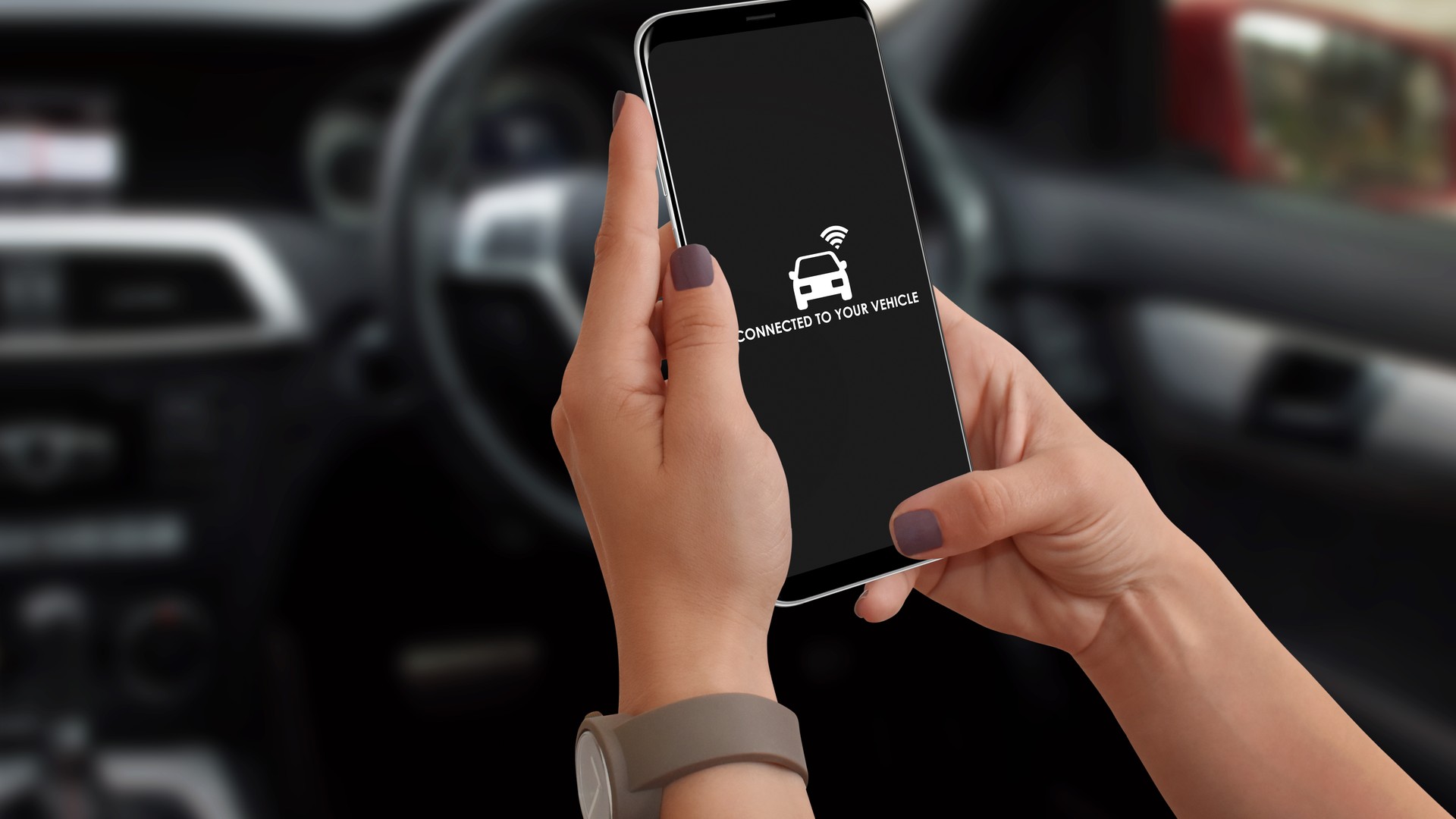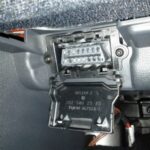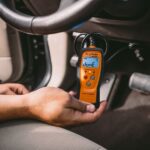Having reliable internet access in your car is quickly becoming a necessity. Whether it’s for navigation, entertainment, or even emergency services, staying connected on the go is crucial. While newer vehicles often come equipped with built-in WiFi capabilities, older models and those without factory options can still join the connected world with an Obd2 Wifi Hotspot. This article will explore various ways to get your car online, focusing on the benefits and features of using an OBD2 WiFi hotspot.
Different Ways to Connect Your Car
There are several ways to get internet access in your vehicle, each with its own set of pros and cons.
Built-in Car WiFi Systems
Many modern cars offer built-in WiFi systems, often bundled with subscription services like OnStar. These systems are seamlessly integrated and generally offer reliable connectivity. However, they often come with monthly fees and might not be available on all vehicle trims.
Smartphone Hotspotting
Using your smartphone as a hotspot is a convenient and often readily available option. Most smartphones allow you to share your cellular data connection with other devices via WiFi. However, this can drain your phone’s battery quickly and consume your monthly data allowance. Additionally, some carrier plans may limit or charge extra for hotspot usage.
Dedicated Mobile Hotspots
Portable mobile hotspots offer a dedicated internet connection for your car without relying on your smartphone. These devices connect to cellular networks and provide WiFi access for multiple devices. They typically require a separate data plan but offer more consistent performance and battery life than smartphone hotspotting.
OBD2 WiFi Hotspot: A Seamless Solution
An OBD2 WiFi hotspot combines the convenience of a dedicated hotspot with seamless integration into your vehicle. These devices plug directly into your car’s OBD2 port, the same one used for diagnostics, and often provide additional features beyond WiFi.
Benefits of OBD2 WiFi Hotspots
- Easy Installation: Simply plug the device into your OBD2 port.
- Automatic Connection: The hotspot often activates when you start your car.
- Vehicle Diagnostics: Some OBD2 hotspots offer vehicle health monitoring and diagnostic reports.
- Additional Features: Some devices include features like GPS tracking, geofencing, and driver behavior monitoring.
Internet Speed and Connectivity
The speed of your in-car WiFi will vary depending on several factors, including the cellular network coverage in your area, the type of hotspot you’re using, and potential obstructions from the vehicle’s frame. While it may not always match home internet speeds, it should be sufficient for most tasks like streaming music, navigation, and web browsing.
Choosing the Right Solution
The best way to get WiFi in your car depends on your individual needs and budget. If your car has a built-in system, that might be the easiest option. However, an OBD2 WiFi hotspot offers a compelling alternative with its seamless integration, potential for vehicle diagnostics, and added features. Consider your data usage, budget, and desired features when making your decision. An OBD2 WiFi hotspot offers a compelling solution for those seeking a reliable and feature-rich in-car internet experience.


